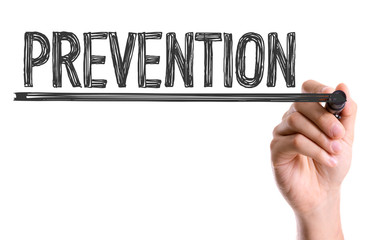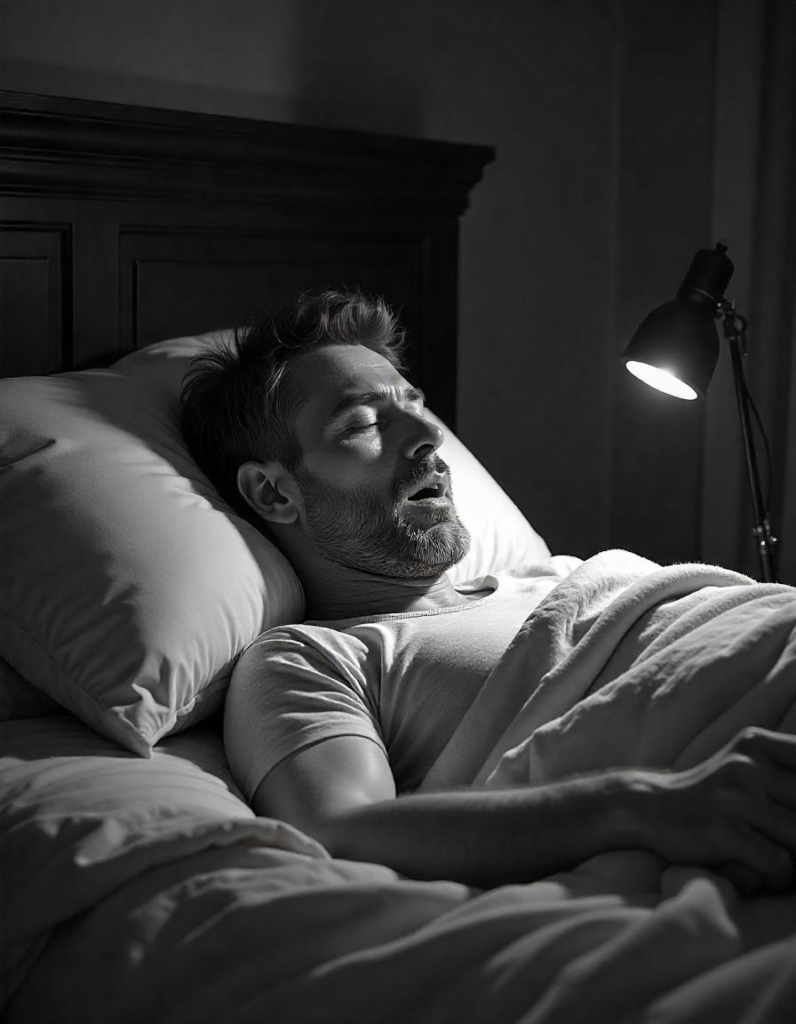Sleep is a cornerstone of good health, contributing to physical, mental, and emotional well-
being. However, disorders like sleep apnea can severely disrupt the quality of sleep, leading to
long-term health challenges. This article delves into this disorder, explaining its types, causes,
symptoms, risk factors, diagnosis, treatment options, and preventive measures, while exploring
recent advances in its management.
Meaning of Sleep Apnea
Sleep Apnea is a critical sleep disorder characterised by repeated interruptions/disturbance in
breathing during sleep. These pauses, which can last from a few seconds to over a minute,
reduce the amount of oxygen the body receives. Left untreated, this can result in
complications such as cardiovascular disease, diabetes, and mental health problems.
Variation of Sleep Apnea
It is broadly classified into three types:
● Obstructive Sleep Apnea (OSA): The most prevalent form, caused by the relaxation of
throat muscles that block the airway.
● Central Sleep Apnea (CSA): A less common condition where the brain fails to send
proper signals to the muscles responsible for breathing.
● Complex Sleep Apnea Syndrome: A mixture of OSA and CSA, also called treatment-
emergent central sleep apnea.
Causes
- Obstructive Sleep Apnea (OSA)
- Obesity: Excess fat deposits around the neck and throat can obstruct airflow.
- Age and Muscle Tone Loss: Aging naturally reduces muscle tone, increasing the risk
of airway collapse. - Anatomical Factors: Enlarged tonsils, a deviated septum, or a narrow airway can
predispose individuals to OSA. - Lifestyle Habits: Smoking inflames the airway, while alcohol relaxes throat muscles,
exacerbating the condition.
- Central Sleep Apnea (CSA)
- Neurological Conditions: Disorders like stroke or Parkinson’s disease can interfere
with the brain’s ability to regulate breathing. - Heart Disorders: Conditions such as heart failure may contribute to CSA.
- High Altitudes: Breathing patterns can become irregular when sleeping at elevated
altitudes.
Symptoms of Sleep Apnea
The symptoms of sleep apnea may vary in severity but often include:
● Persistent loud snoring (primarily in OSA).
● Gasping for air or choking during sleep.
● Excessive daytime fatigue despite adequate sleep duration.
● Morning headaches due to decreased oxygen levels.
● Difficulty concentrating and memory issues.
● Mood swings, irritability, or symptoms of depression.
Impact on Daily Life
Sleep apnea not only affects physical health but also takes a toll on daily functioning. Individuals
with untreated sleep apnea often experience reduced productivity, slower reaction times, and
impaired decision-making. These effects can increase the risk of workplace errors and
accidents, emphasizing the need for timely diagnosis and management of the condition.
Risk Factors
Several factors may increase susceptibility to sleep apnea, including:
- Genetics: A family history of narrow airways or sleep disorders.
- Gender: Men are more likely to experience sleep apnea, although postmenopausal
women are also at risk. - Medical Conditions: Hypertension, diabetes, and hypothyroidism may increase
vulnerability. - Weight and Lifestyle: Excess weight and sedentary habits elevate the likelihood of
OSA.
Complications of Untreated Apnea
Without treatment, sleep apnea can lead to severe health consequences, such as:
● Cardiovascular Problems: Higher risk of hypertension, arrhythmias, and heart attacks.
● Metabolic Disorders: Reduced insulin sensitivity may contribute to type 2 diabetes.
● Liver Damage: Sleep apnea can exacerbate liver diseases like non-alcoholic fatty liver
disease (NAFLD).
● Mental Health Issues: Chronic sleep deprivation can worsen anxiety and depression.
Diagnosing sleep apnea typically involves a combination of:
- Medical Evaluation: Discussing symptoms and conducting a physical examination.
- Sleep Studies:
○ Polysomnography (PSG): A comprehensive overnight test monitoring brain
activity, oxygen levels, and breathing.
○ Home Sleep Apnea Testing (HSAT): A simplified option for mild to moderate
cases.
Treatment Options for Sleep Apnea
Lifestyle Modifications
- Weight Management: Losing even 5-10% of body weight can significantly reduce
symptoms. - Avoiding Alcohol and Smoking: These substances relax or inflame airway muscles,
worsening the condition. - Improved Sleep Positioning: Sleeping on the side rather than the back can prevent
airway blockages.
Medical Devices - Continuous Positive Airway Pressure (CPAP): The gold standard for OSA treatment,
CPAP delivers a steady stream of air to keep the airway open. - Bilevel Positive Airway Pressure (BiPAP): Suitable for patients who find CPAP
uncomfortable, this device offers two levels of air pressure. - Oral Appliances: Custom-fitted devices adjust jaw positioning to enhance airflow.
Surgical Interventions
In severe or unresponsive cases, surgical procedures may be considered: - Uvulopalatopharyngoplasty (UPPP): Removal of excess throat tissue to widen the
airway. - Maxillomandibular Advancement: Repositioning the jaw to enlarge the airway.
- Tracheostomy: Creating a direct airway through the neck, used only in extreme cases.
Treatment for CSA - Medications: Drugs to stimulate breathing patterns.
- Adaptive Servo-Ventilation (ASV): A device that adjusts air pressure based on
breathing patterns.
Preventive Strategies

While some risk factors like genetics and age cannot be altered, adopting the following
measures can lower the risk:
● Healthy Lifestyle: Regular exercise and a balanced diet support better sleep.
● Sleep Hygiene: Establishing a consistent sleep schedule improves sleep quality.
● Allergy Management: Treating nasal congestion can enhance airflow.
● Avoid Sedatives: Use sleep medications cautiously, as they can relax airway muscles.
Emerging Research and Innovations
The field of treatment continues to evolve with technological advancements:
- Wearable Devices: Smart monitors track sleep patterns and provide real-time feedback.
- Implantable Devices: Nerve stimulators maintain airway muscle tone during sleep.
- Weight-Loss Medication: In December 2024, the FDA approved Tirzepatide, a
groundbreaking drug for treating OSA linked to obesity. This medication promotes
significant weight loss, reducing airway obstruction. It is recommended alongside a low-
calorie diet and regular exercise for optimal results.
Coping with Sleep Apnea
Living with sleep apnea can be challenging, but these strategies can help:
● Support Networks: Joining groups provides emotional support and practical tips.
● Partner Collaboration: Open communication with a partner ensures mutual
understanding and cooperation.
● Regular Checkups: Follow-up visits with healthcare providers ensure that treatments
remain effective.
Conclusion
Sleep apnea is a manageable condition with timely diagnosis and appropriate intervention. By
understanding its causes, symptoms, and treatment options, individuals can take proactive
steps to improve their quality of life. Whether through lifestyle adjustments, medical devices, or
innovative therapies, addressing this early can prevent serious health complications
and promote restorative sleep.


